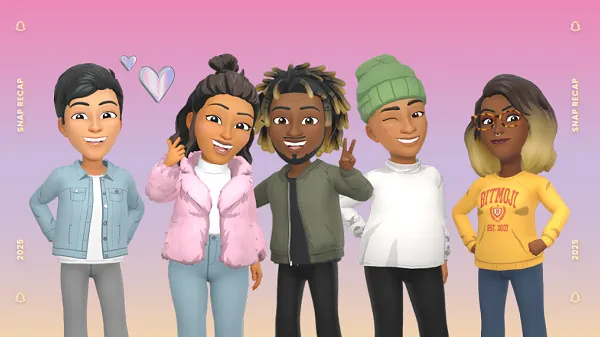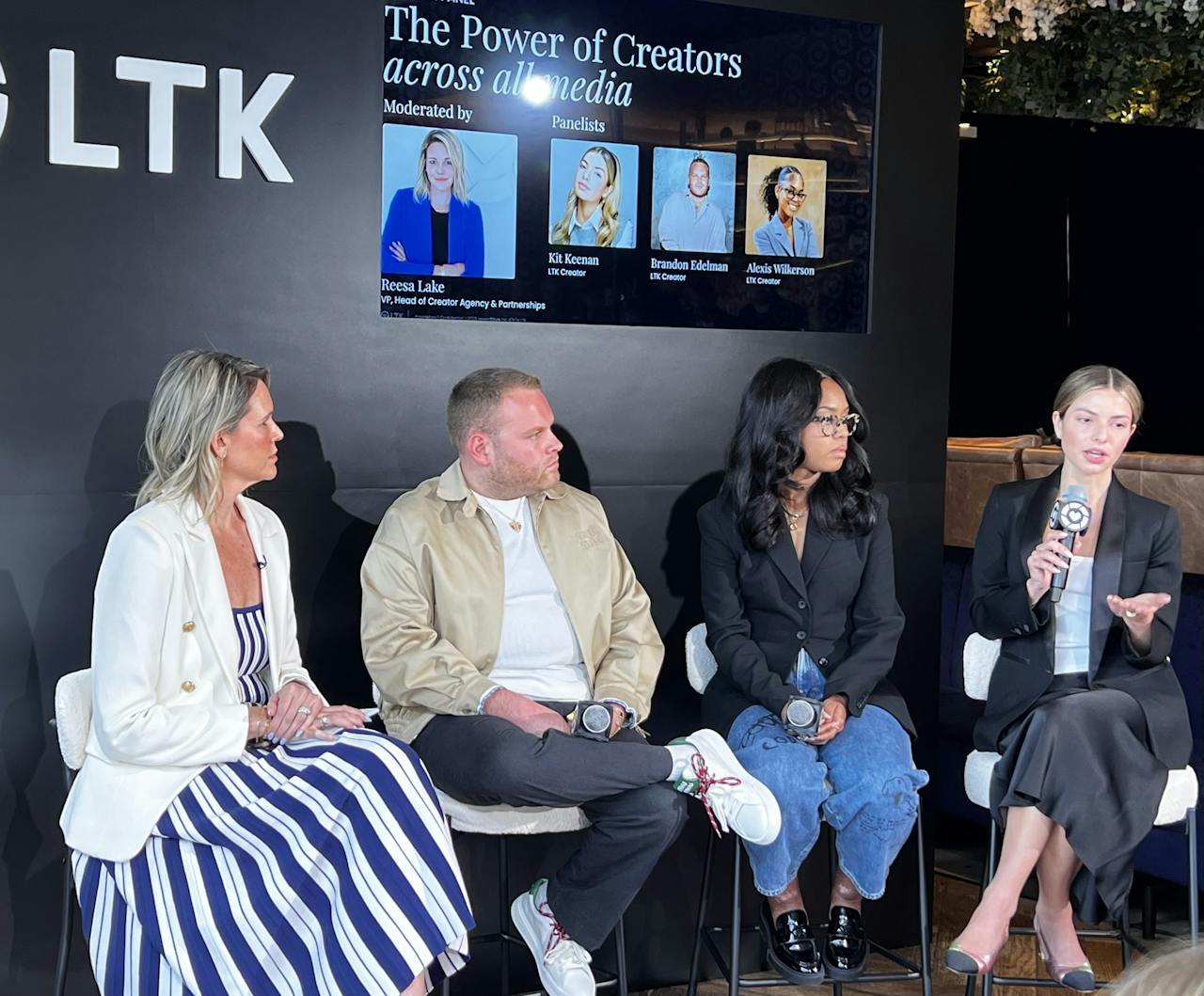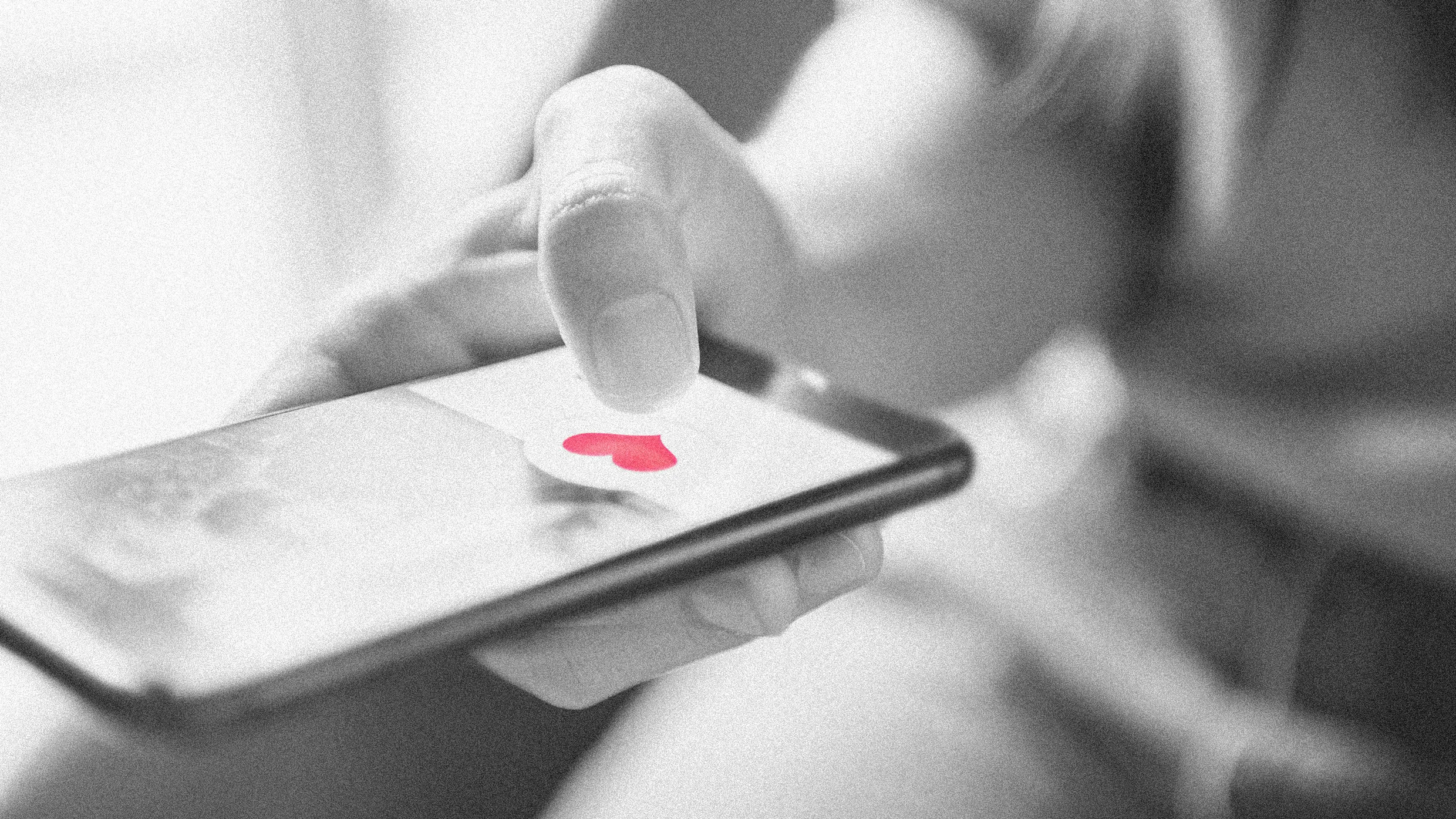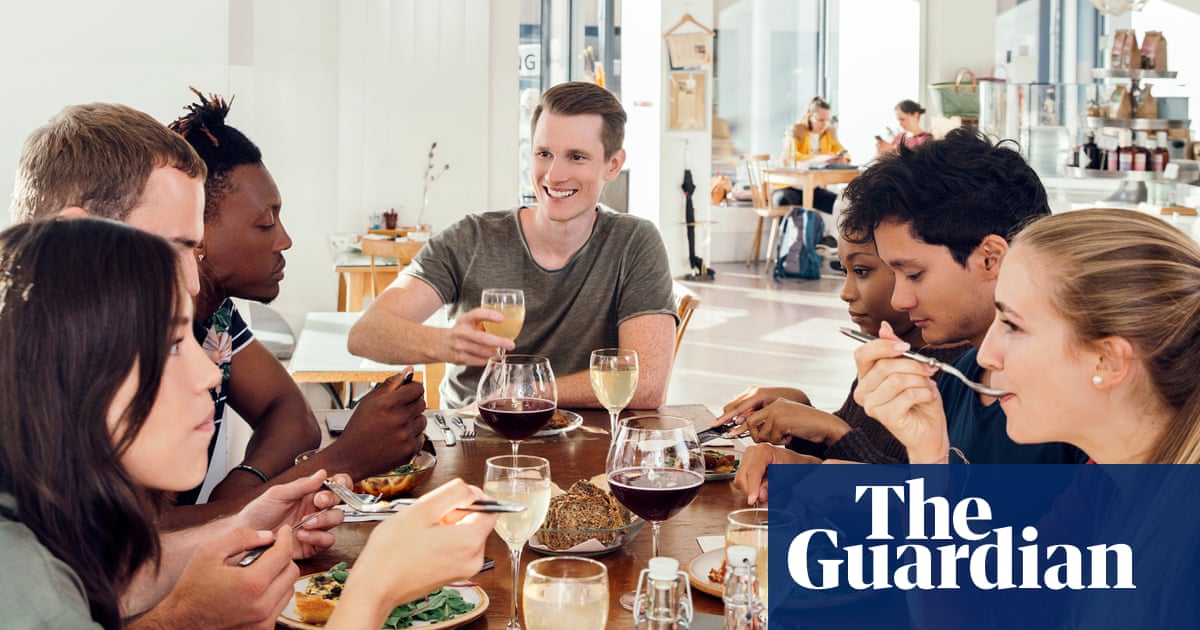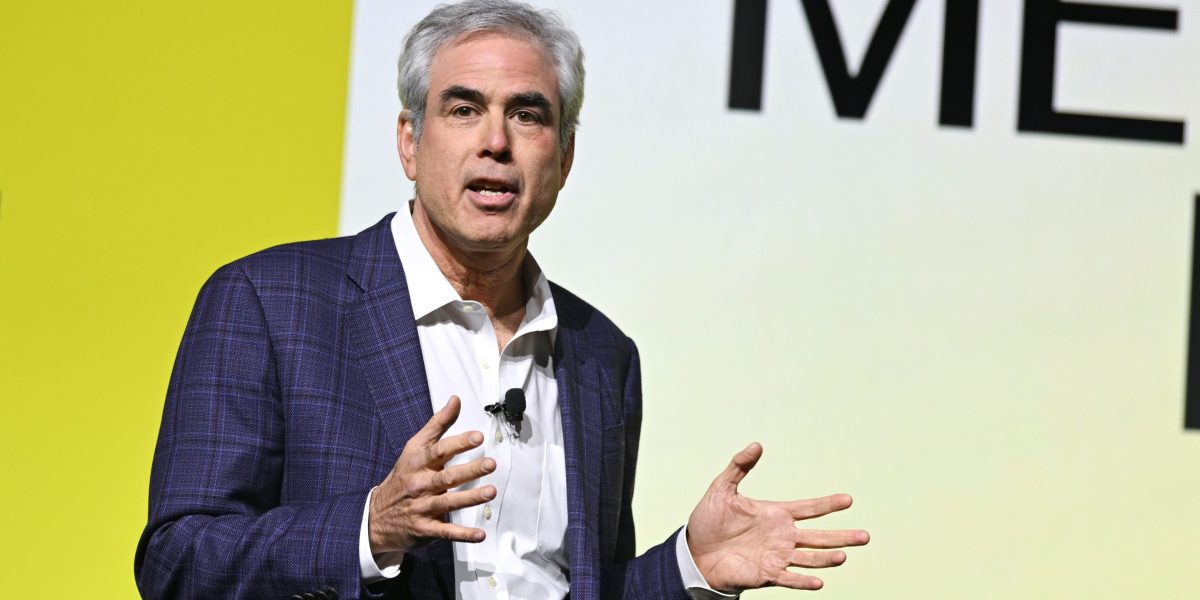Education
fromFortune
10 hours agoGen Z is open minded about blue-collar work and the Fords of the economy need them - but both sides are missing each other | Fortune
A growing shortage of skilled blue-collar workers leaves many high-paying positions unfilled despite rising Gen Z interest and increased vocational enrollment.


